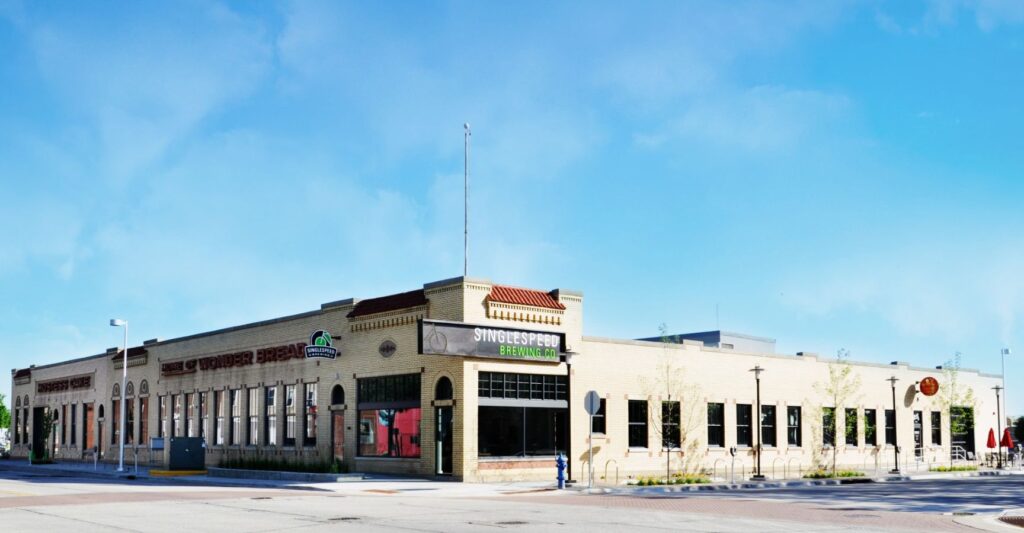Downtown building designated for historical significance

The Iowa Commission for the Blind Building at 524 Fourth St. has been listed on the National Register of Historic Places because of its association with the life of Kenneth Jernigan.
An advocate for the blind and the visually impaired, Jernigan, who served director of the Iowa Commission for the Blind from 1958 to 1978, is known for creating a “positive philosophy” of blindness that was instrumental in changing the way blind Iowans thought of themselves.
“He really revolutionized the way vocational rehabilitation training programs for the blind were organized and services were delivered,” said Shan Sasser, a rehabilitation consultant with the Iowa Department of the Blind (IDB) who worked for nearly four years to obtain the designation for the building from the National Parks Service.
The name of the Iowa Commission for the Blind, which was established in 1925, was changed to the IDB in 1988, when the agency received state departmental status.
The six-story public building, which was constructed in 1912 to house Des Moines’ original YMCA, was purchased by in the state of Iowa in 1959, following the downtown Y’s relocation about four blocks east to 101 Locust St.
That year, Jernigan requested and received a $500,000 appropriation from the Iowa Legislature, which allowed for an extensive renovation of the property that was completed the following year.
A number of large and small-scale remodeling projects followed, including a 2009 upgrade to create a more a more efficient work space for the IDB’s employees and clients.
Today, the building houses the IDB’s main administrative offices, an orientation center and a residential training center. It is also home to the Iowa Library for the Blind and Physically Handicapped. A swimming pool and portions of a gymnasium that were built as part of the Y’s construction have also been maintained and are still in use.
The building was listed on the National Register on July 1.
“Right now, this building has met (the criteria for) local and state significance,” said Jeff Morgan said, public information officer with the Iowa Department of Cultural Affairs. He noted that the IBD recently received a $14,379 Historical Resources Development Program grant, which will allow the agency to continue researching the possibility of gaining historical recognition on a national level.
“We had initially submitted the application for national significance,” Sasser said, adding that Jernigan’s work reached far outside the state. “He had pretty wide influence, not only through the state vocational rehabilitation program, but though the national consumer organization for the blind,” she said. “He had quite a bit of influence on national policy.”
Much of Jernigan’s work, which led to a change in the way Iowa institutions educated and regarded blind individuals, coincided with the civil rights movement.
“Our building has housed more than just history,” said IDB Director Karen Keninger, in a release. “It is the fulcrum for the notion that it is OK to be blind.”










